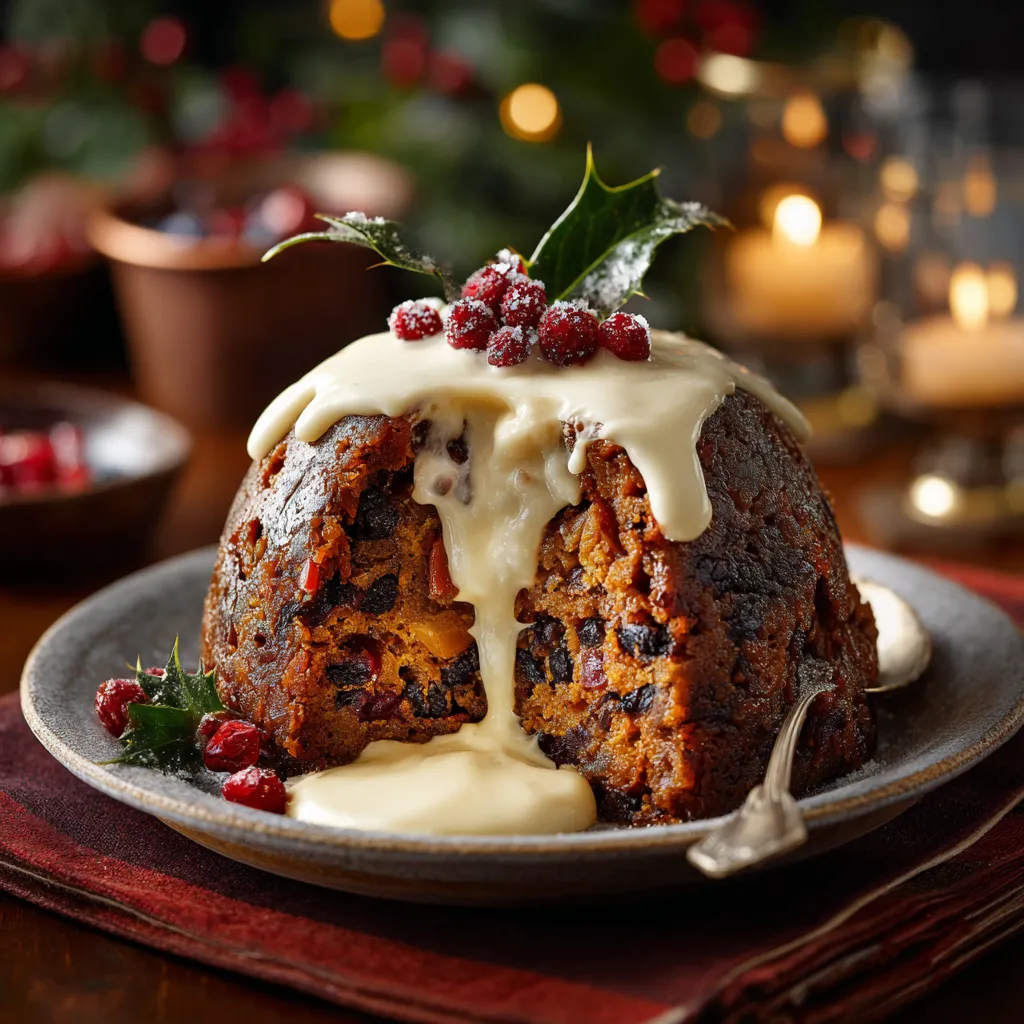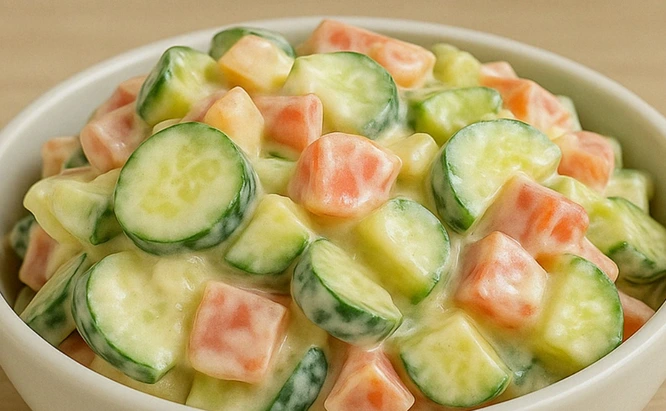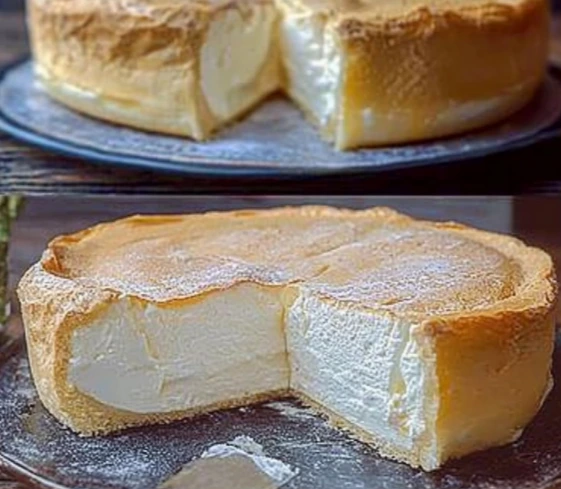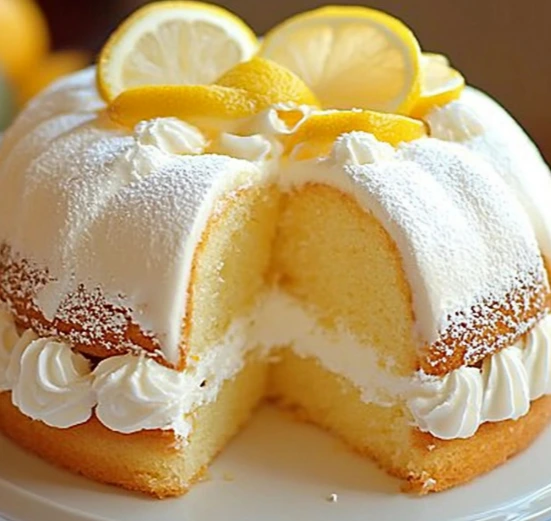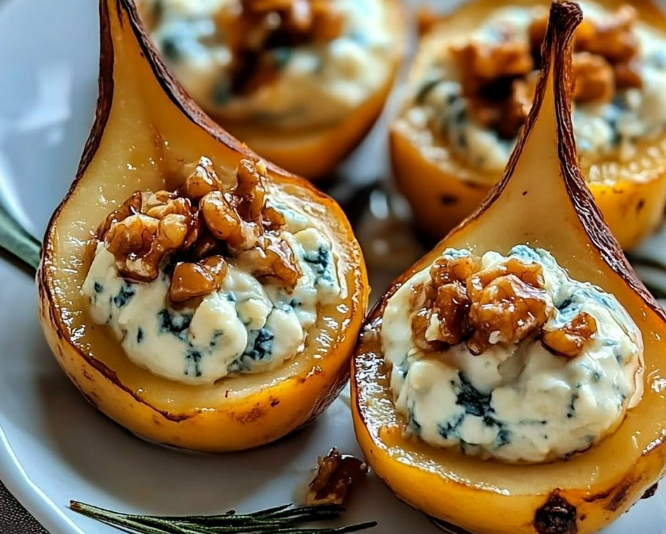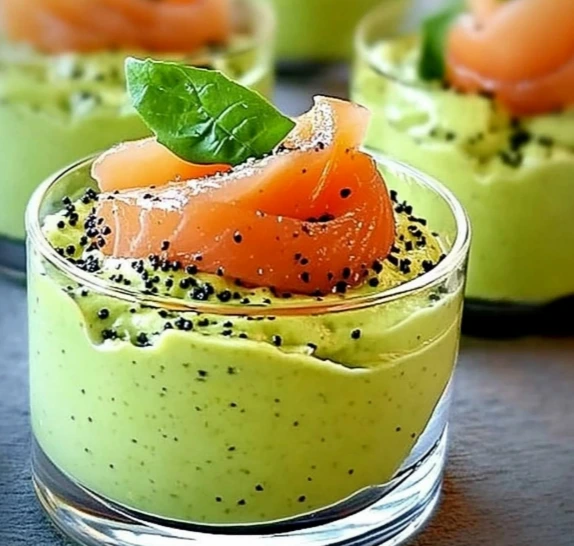When we think about Christmas, images of twinkling lights, warm gatherings, and festive meals immediately come to mind. Among the many traditional dishes that grace the holiday table, one dessert stands out as the ultimate symbol of the season: Christmas Pudding. Rich, spiced, fruity, and steeped in tradition, this dessert has been cherished for centuries and continues to bring families together year after year.
In this article, you’ll discover everything about Christmas Pudding: its fascinating history, the ingredients you’ll need, step-by-step instructions, helpful tips, serving suggestions, and even ways to modernize the recipe. By the end, you’ll not only know how to make the perfect pudding but also understand why this dessert remains an unshakable holiday tradition.
A Short History of Christmas Pudding
Before diving into the recipe, it’s worth understanding why Christmas Pudding holds such cultural importance. Originating in medieval England, the dish was initially called plum pudding. Despite the name, plums were not always included — the word “plum” referred to dried fruits such as raisins and currants.
By the 17th century, the pudding had become a staple for holiday feasts, often made with suet, breadcrumbs, spices, and brandy. It was traditionally prepared on Stir-up Sunday (the last Sunday before Advent), giving the flavors time to develop before Christmas Day. Families would gather to stir the pudding together, each making a wish.
This dessert wasn’t just food; it was a ritual, a symbol of family unity, and a way to carry holiday traditions from one generation to another.
Ingredients for a Traditional Christmas Pudding
Here’s a list of the classic ingredients that make Christmas Pudding so unique:
-
1 cup raisins
-
1 cup currants
-
1 cup chopped dried figs or dates
-
1/2 cup dried cranberries
-
1/2 cup candied citrus peel
-
1/2 cup chopped almonds or walnuts
-
1/2 cup dark brown sugar
-
1/2 cup suet or unsalted butter, grated cold
-
1 cup fresh breadcrumbs (from white bread)
-
1/2 cup all-purpose flour
-
3 large eggs
-
1/2 cup brandy (plus more for soaking and flaming)
-
1/2 cup dark beer or stout
-
1/2 tsp cinnamon
-
1/2 tsp nutmeg
-
1/4 tsp cloves
-
1/2 tsp ginger
-
Zest of 1 orange
-
Zest of 1 lemon
-
Pinch of salt
Optional: a few whole almonds or cherries for decorating.
Kitchen Tools You’ll Need
-
Mixing bowls
-
Wooden spoon
-
Measuring cups and spoons
-
Grater (for zest and butter)
-
Steamer or large pot with a lid
-
Heatproof pudding basin (2–3 pints)
-
Parchment paper and foil
-
Kitchen twine
-
Skewer (for testing)
Step-by-Step Instructions
Step 1: Prepare the Fruits
Soak the raisins, currants, figs, and cranberries in brandy overnight. This softens them and infuses the fruit with rich holiday flavor.
Step 2: Mix the Dry Ingredients
In a large bowl, combine breadcrumbs, flour, spices, sugar, and grated butter or suet. Mix well until crumbly.
Step 3: Add the Fruits and Nuts
Drain the fruits slightly (reserving the soaking liquid). Stir the fruits, candied peel, and nuts into the dry mixture.
Step 4: Add the Wet Ingredients
Beat the eggs and combine with the reserved brandy, dark beer, and citrus zest. Mix everything together until thick and sticky.
Step 5: Fill the Pudding Basin
Grease the basin lightly. Spoon in the mixture, pressing down firmly. Leave about 1 inch of space at the top.
Step 6: Cover the Pudding
Place a circle of parchment paper directly on the surface of the pudding, then cover with a layer of foil. Secure tightly with kitchen twine.
Step 7: Steam the Pudding
Place the basin in a large pot with boiling water reaching halfway up the sides. Cover with a lid and steam gently for 6–7 hours, topping up with water as needed.
Step 8: Store and Mature
Let the pudding cool, then replace the parchment and foil. Store in a cool, dark place for at least 2–4 weeks to develop deep flavors.
Step 9: Reheat and Serve
On Christmas Day, steam the pudding for 2 hours before serving. Warm a little brandy, pour it over the pudding, and set it alight for the classic flaming presentation.
Tips for the Best Christmas Pudding
-
Make Ahead: This dessert improves with age. Some people prepare it months in advance.
-
Alcohol-Free Version: Replace brandy with orange juice or apple cider.
-
Moisture Balance: If the mixture looks too dry, add more beer or juice; if too wet, add extra breadcrumbs.
-
Flaming Safely: Use a heatproof serving plate and ignite carefully with a long match.
-
Flavor Variations: Swap dried fruits based on preference — cherries, apricots, or even cranberries work beautifully.
Serving Suggestions
-
Pair with brandy butter, custard, or vanilla ice cream.
-
Garnish with holly for a classic holiday look.
-
Serve with mulled wine for the ultimate Christmas experience.
Nutritional Value (per slice, approx.)
-
Calories: 350–400
-
Carbohydrates: 55 g
-
Sugars: 35 g
-
Fat: 12 g
-
Protein: 5 g
-
Fiber: 4 g
Note: Nutritional values vary depending on ingredients and portion sizes.
Why Christmas Pudding Is More Than Just Dessert
The significance of Christmas Pudding goes beyond taste. It represents togetherness, tradition, and holiday spirit. Preparing it is often a family activity — kids help stir while adults add their own touch of spice or fruit. The flaming ritual adds drama to the holiday feast, creating memories that last a lifetime.
Modern Twists on Christmas Pudding
-
Gluten-Free Christmas Pudding – Use gluten-free flour and breadcrumbs.
-
Vegan Version – Replace butter with coconut oil, eggs with flaxseed, and beer with non-alcoholic cider.
-
Mini Puddings – Steam in muffin tins for individual servings.
-
Chocolate Christmas Pudding – Add cocoa powder or chocolate chips for a modern twist.
Conclusion
There’s a reason Christmas Pudding has endured for centuries. It’s not just food — it’s tradition, warmth, and holiday joy wrapped in one rich, spiced dessert. Preparing and sharing this dish brings families closer, making it the true centerpiece of the holiday season.
If you’ve never made Christmas Pudding before, this year is the perfect time to start. Gather your ingredients, involve the family, and create a holiday tradition that will bring joy for generations.

